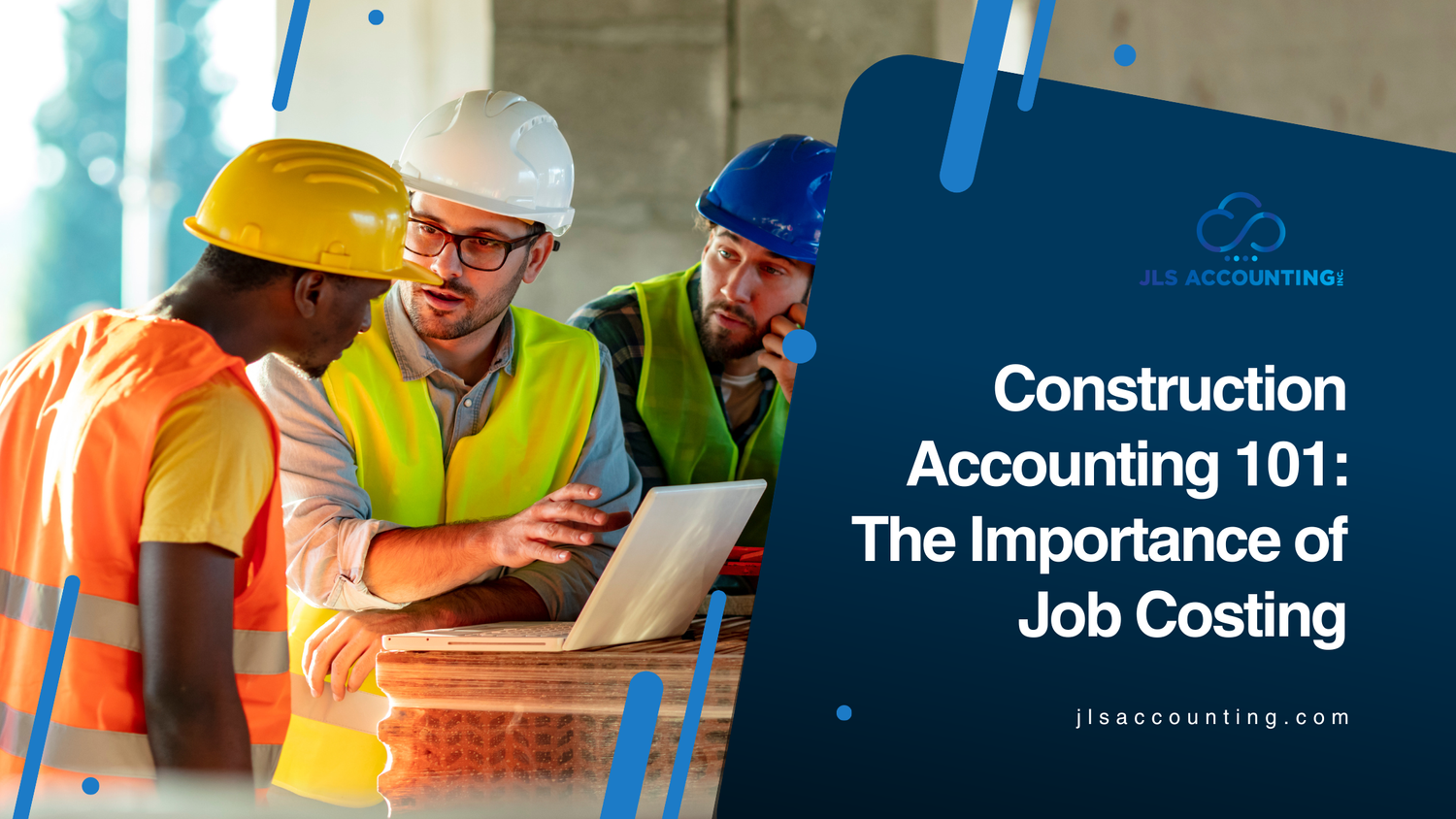Best Practices in Construction Accounting for Accurate Job Costing
Best Practices in Construction Accounting for Accurate Job Costing
Blog Article
Grasping Building Accounting: Essential Tips for Financial Success in the Sector
Understanding building and construction accounting is an important part for economic success within the sector, as it incorporates various practices that directly impact project earnings. Discovering these overlooked techniques might disclose possibilities that could change your strategy to construction accounting.
Understanding Building And Construction Bookkeeping Essentials
Understanding the principles of building and construction audit is essential for reliable task monitoring and economic oversight in the building market. Construction accounting varies substantially from common audit techniques as a result of the special challenges posed by project-based job, including variable costs, rising and fall timelines, and intricate governing demands.
A key aspect of building and construction audit is work costing, which includes monitoring expenses for each details task. This technique enables contractors to precisely assess profitability and make educated financial choices. Additionally, building and construction accountancy encompasses making use of development payment, where invoices are released based on the portion of work finished, ensuring money flow is maintained throughout the job lifecycle.
Another essential component is the monitoring of change orders, which represent alterations to the original contract extent. Proper paperwork and audit for these modifications are essential to avoid monetary disagreements and make certain exact project budgeting.
Finally, recognizing the significance of conformity with sector regulations and tax demands is critical. Accurate monetary coverage and adherence to audit standards not only protect versus lawful concerns but likewise boost the integrity of building and construction firms. Mastering these basics sets the foundation for efficient monetary monitoring within the building and construction sector.
Effective Project Budgeting Techniques
Effective task budgeting strategies are crucial for ensuring that building tasks continue to be monetarily feasible and on course. A well-structured budget plan works as a roadmap, assisting job managers with the intricacies of building expenses. To begin, it is vital to establish an extensive scope of work that outlines all necessary tasks and deliverables. This quality aids in precisely estimating costs.
Next, using historic data from previous projects can significantly boost the precision of budget price quotes. By assessing previous expenditures, groups can recognize cost fads and prospective pitfalls. Involving stakeholders during the budgeting procedure promotes openness and secures buy-in, which can minimize conflicts later on.
In enhancement, embracing a detailed line-item budget plan allows for careful tracking of expenses connected with materials, labor, and expenses. This granularity enables task managers to recognize variances early and readjust techniques as necessary. Additionally, including contingency allowances within the budget plan can aid account for unanticipated expenditures, securing the project versus economic pressure.
Lastly, normal budget plan evaluates throughout the job lifecycle ensure that monetary goals remain aligned with project goals, promoting prompt interventions when needed. Implementing these techniques can significantly add to the monetary wellness and success of building and construction projects.
Improving Expense Tracking Procedures
Exact price tracking check out this site processes are important in the building market, as they often figure out the economic success of a task. Efficient tracking allows task supervisors to check expenditures in real-time, guaranteeing they continue to be within spending plan and can make enlightened decisions quickly. To streamline these procedures, it is critical to take on an organized strategy that integrates modern technology and established methods.
First, making use of customized building bookkeeping software can automate data access and coverage, decreasing human mistake and boosting effectiveness (construction accounting). Such software often consists of functions for tracking labor, materials, and subcontractor prices, giving a detailed sight of job expenditures
2nd, standardizing procedures for videotaping expenses across tasks improves consistency and simplifies analysis. Developing a clear chart of accounts customized to the special needs of building and construction jobs can facilitate precise classification of costs.

Handling Capital Successfully
Handling capital efficiently is an essential element of economic health and wellness in the building and construction market, where tasks frequently entail substantial ahead of time costs and postponed payments. To efficiently take care of capital, building and construction businesses ought to apply a robust budgeting procedure that prepares for both direct and indirect expenses. This insight enables better planning and appropriation of resources, guaranteeing adequate funds are readily available when needed.
Consistently keeping track of capital declarations is essential. By examining cash money inflows and discharges, businesses can determine patterns and possible shortages. This practice facilitates timely adjustments to costs or repayment routines, protecting against cash lacks that could jeopardize project timelines.
Additionally, establishing clear settlement terms with clients can reduce hold-ups in receivables. Take into consideration implementing landmark payment, where settlements are made upon getting to certain job stages (construction accounting). This technique not only improves money flow but also cultivates openness in monetary deals
Lastly, maintaining an economic padding or line of debt can provide a safety net throughout lean durations. Utilizing these strategies will certainly cause a much more stable economic structure, allowing building firms to browse the market's fundamental unpredictabilities with better confidence.
Avoiding Typical Bookkeeping Pitfalls
In the facility landscape of building accounting, staying clear of common challenges is necessary for maintaining economic stability and project success. One common problem is inadequate record-keeping. Construction jobs frequently include countless purchases, and falling short to record them appropriately can bring about discrepancies and monetary losses. It is critical to execute a robust system for monitoring costs, labor, and materials.
One more challenge is the mismanagement of change orders. Change orders are a natural component of building and construction projects, but without appropriate accountancy for these modifications, companies may have a hard time to recover expenses. Developing a clear procedure for check my reference recording and accepting change orders can mitigate this risk.
Additionally, ignoring to resolve accounts routinely can result in incorrect monetary statements and impede decision-making. Routine reconciliation guarantees that documents align with financial institution statements and job paperwork.
Last but not least, overlooking tax obligation commitments can have extreme effects. It is important to stay notified regarding tax policies particular to the building industry, consisting of sales tax on materials and labor.
Final Thought

Report this page